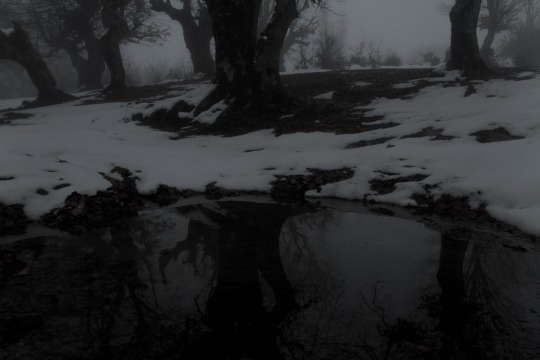#Night and Fog
Text
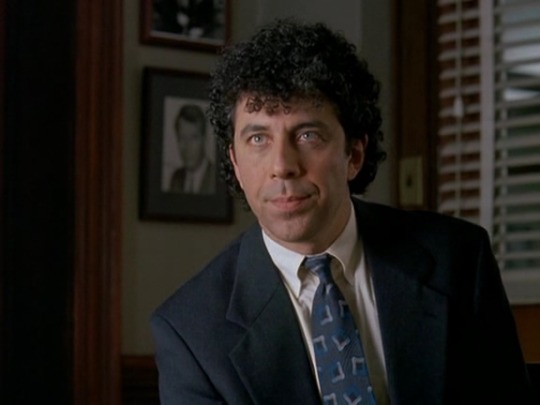






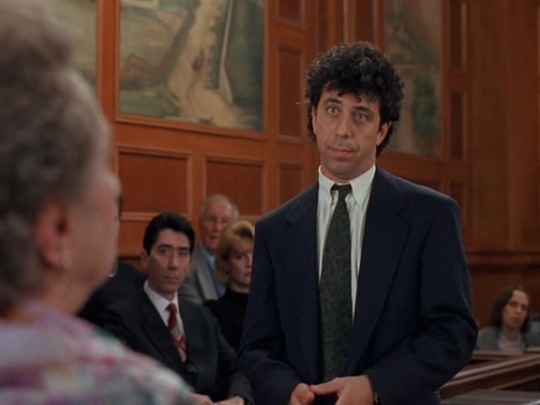

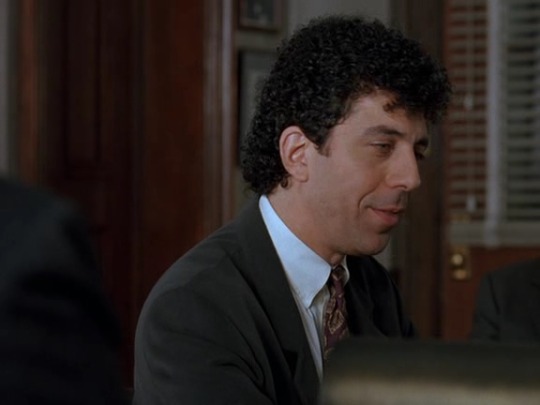
Eric Bogosian in Law & Order's "Night and Fog" (original airdate Feb. 3, 1993)
48 notes
·
View notes
Text

Night and Fog (Alain Resnais, 1955)
Narrator: Michel Bouquet. Commentary: Jean Cayrol. Cinematography: Ghislain Cloquet, Sacha Vierny. Film editing: Alain Resnais.
Cynics used to say that the surest way to win an Oscar for best documentary was to make a film about the Holocaust. But when Alain Resnais's Night and Fog was released, a decade after the end of the war and the release of the first images of the horror of the Nazi death camps, the film not only received no Oscar nominations, but it was also confronted with protests. The German government wanted it to be withdrawn from exhibition at the Cannes Film Festival, and the French censors objected to a scene in which a French police officer was shown guarding one of the deportation centers run by the Vichy government during the war. The censors also objected to a sequence showing bodies being bulldozed into a mass grave. But it's a testimony to the power of Resnais's editing and the narrative written by Jean Cayrol, a survivor of the Mauthausen-Gusen camp, and spoken by Michel Bouquet, that although such images have grown distressingly familiar over the years, they still have their power to shock the conscience. It sounds tediously moralizing to reiterate, but every time a politician today tries to dehumanize whatever group is currently out of favor, these images should come to mind.
15 notes
·
View notes
Text


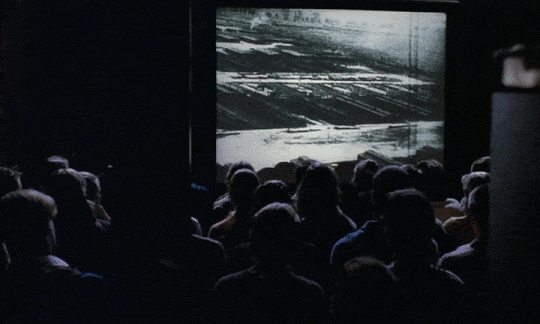

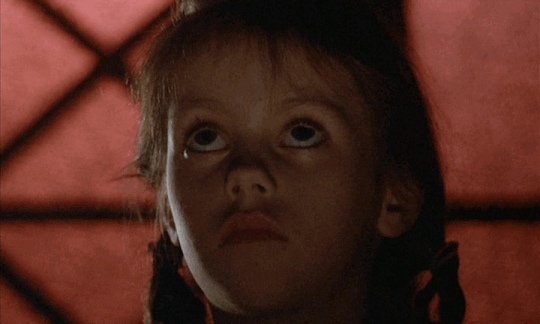
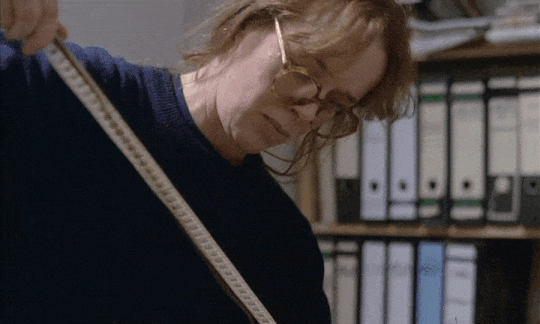
Margarethe von Trotta, {1981} Die bleierne Zeit (Marianne & Juliane)
#film#gif#margarethe von trotta#die bleierne zeit#marianne & juliane#Nuit et brouillard#night and fog#alain resnais#1981#1956#female filmmakers#paintings in films#films in films#death#photos in films#1980s#people#west germany#germany#feature length
17 notes
·
View notes
Text
'The logical reason that Christopher Nolan’s new movie Oppenheimer does not depict the bombings of Hiroshima and Nagasaki that were the fruit of title character J. Robert Oppenheimer’s secret operations at Los Alamos and elsewhere is that the movie sticks hard to its title character. A man who heard about the bombings on the radio just like everybody else in the United States did. Nolan’s movie gives the viewer the world through Oppenheimer’s eyes — while the movie does depart from the character’s perspective to move its frame story forward, it’s never directly about anything but the man and, more importantly, what he did.
For some this puts the movie at a disadvantage…but in terms of what? In terms of spectacle? If any filmmaker could get financing and summon the technical wherewithal to actually depict fiery carnage on a scale of Hiroshima’s, it’s certainly Nolan. And while the filmmaker himself hasn’t cited moral or ethical concerns when discussing his withholding of these sights from his movie, such issues are summoned and given a thorough albeit indirect airing out in two films by the French director Alain Resnais.
The first, and most obvious, is, well, Hiroshima, Mon Amour, Resnais’s first feature, directed after he made a decade’s worth of innovative non-fiction short films. The 1959 fiction film was written by Marguerite Duras, the groundbreaking French writer whose experimental fictions were rife with philosophical and intellectual challenges. The subject of Hiroshima, Mon Amour is of trauma, historical and personal.
The movie, in black and white and Academy aspect ratio, opens with a negative image of a plant growing, perhaps, as we’ll infer later, a mutated, irradiated one. Then we see naked limbs and flanks, components of a couple in embrace. Sand pours on to their bodies. Soon it starts to glow; is it sand, or a form or radioactive dust. A man’s voice says “You saw nothing in Hiroshima. Nothing.” 'A woman’s voice insists that she has seen Hiroshima. She’s been to its hospital: “The hospital in Hiroshima exists. How could I not have seen it?”
She describes, and the camera echoes with physical evidence, what she’s seen: The Hiroshima museum, with its “bouquets of bottle caps” — objects fused together in the nuclear fire of the explosion — and the hair that fell out of the heads of those who weren’t killed in the vicinity that day, and the photos of actual burn victims. But the man insists: you saw nothing. She says “The reconstructions were as authentic as possible. The films were as authentic as possible.” And again, Resnais shows simulations of the survivors of the blast (a couple of briskly moving tracking shots of fake burn victims), and then puts in actual documentary footage of people with missing eyes, twisted limbs, and more.
“As authentic as possible?” Exactly. What, in these circumstances, does authentic even mean? To what extent does the information we are being given correspond to the reality of what happened? Hiroshima, mon amour strongly suggests that such films, however “accurate” or “authentic” (two entirely different categories of course), have nothing really to do with direct experience of trauma. And that such documents are perhaps the akin to the graven images that Mosaic law prohibits, in that there is the possibility that we might elevate them in a vain attempt to transcend or ameliorate trauma.
“The illusion is so perfect that tourists weep. What else can tourists do,” the woman says near the end of an over ten-minute sequence on the question. “What else was there to weep over,” the man asks, and eventually the movie tells us. The woman (Emmanuelle Riva) is French, the man (Eiji Okada) is Japanese, and neither is named in the film. Not naming your characters was a thing in arty postmodern literature and film at this time (the same thing happens in Resnais’ next film, Last Year At Marienbad, another study of reality, memory, and what can be known, albeit a much more abstracted treatment), but here it’s crucial to the movie’s final point, delivered in its last lines. In any event, their love story began with a bar pickup in a post-war Hiroshima, where she, an actress, is playing a nurse in a fictional movie about the bombing’s aftermath. “It’s about peace,” she shrugs when the man meets her on the set. “Here in Hiroshima we don’t make fun of films about peace,” he says. A few extras pass them, carrying signs bearing enlarged photos of burn victims. The couple is obscured but are laughing when they’re revealed again.
This feels insane — how can we behave as we do, with images of such suffering being paraded before us? In part it’s because those images cannot make us know suffering.
The movie’s larger question outside its historical context has to do with the possibility of love, and what love can achieve for both individuals and humankind, if anything at all. While it may seem so at first, the movie doesn’t abandon Hiroshima to tell the story of the female character and her own personal World War II trauma; it tells that story to demonstrate what she carries, and to demonstrate that what we all carry is inextricably tied up with our ability to empathize, as far as it goes, and the film insists that it can only go so far.
Throughout the film, we distinguish between recreations, acted drama, and footage of real events, and unconsciously assess the weight of each form as we’re also processing the narrative of the love story.
“The whole world rejoiced. And you rejoiced with it,” the man says to the woman about the bombings that did, after all, put an end to World War II. This was the world’s shame, and not just the West’s shame — do you think that China and Korea were sorry to see Japan’s days as a military power come to an end? The scholar and historian Paul Fussell shocked America’s more guilt-ridden intellectuals with his early ‘80s essay “Thank God for the Atom Bomb.” From the point of view of a U.S. soldier who was spared having to fight in the Pacific Theater, the atrocity was indeed a godsend. (Believe it or not, the British blues rock band The Groundhogs actually beat Fussell to articulating that sentiment with its song “Thank Christ For The Bomb,” from the 1970 album of the same name.)
To see suffering on the Hiroshima scale meticulously recreated through performance and special effects — would this help us, decades on, to resolve any of these contradictions? The answer to the question, according to Duras and Resnais, is that had Nolan chosen to somehow “recreate” the bombing of Hiroshima, we, the viewers, would really see nothing. I think they’re right. In any event, Oppenheimer finally is about something altogether different: the reality that men of science, completely rational beings supposedly, have enabled mankind’s potential instantaneous extinction. This is indeed unprecedented.
If we want to continue to think about the ethics of re-creation and depiction, though, It’s useful to think about it relative to another 20th century calamity. If the bombings of Hiroshima and Nagasaki, while taking a staggering number of human lives, demonstrated the cataclysmic — indeed, apocalyptic — potential of nuclear weapons, the Holocaust, with its six million dead, demonstrated that the horror of man’s inhumanity to man is alas inexhaustible. In 1956, Resnais made Night and Fog, one of the first and most important Holocaust documentaries. The 32-minute film begins with color footage of death camps as they were 10 years or so after liberation — empty, overgrown with grass, still. Resnais’ camera dollies down a railroad track, following the path the trains packed with Jews marked for extermination did. Narrator Michel Bouquet says (the script is by Jean Cayrol, a poet): “we move slowly along…looking for what? Traces of corpses that fell out when the doors opened? Or of those herded at gunpoint to the camp’s gates amid barking dogs and glaring searchlights, the crematorium’s flames in the distance” — and here the camera gets to the very end of the tracks — “in a nocturnal spectacle the Nazis were so fond of.”
While the film uses horrific archival material, it also insists that in revealing the camps as they stand at the time of filming, “we can only show you the outer shell.” As, for instance, the fingernail scratches on the ceilings of the crematoria. The narration pauses to let the viewer consider how these came to be. The Nazis destroyed as much documentation on the death camps as they could once the war was lost and the Allies were on their way (and much documentation had been trashed even prior to that), but Night and Fog is also asking “How much do you need to see, anyway?” Because memory will recede. The gods of war are only pretending to be asleep. Looking at such images and relegating them to the past yields a comfort that is ultimately false. “We pretend to regain hope as the image recedes, as though we’ve been cured of that plague,” the narration states near the movie’s end. Resnais’ approach helps us understand why Claude Lanzmann included zero archival footage in his astonishing Holocaust film Shoah.
As for fictional treatments of the Holocaust, the genie of depiction got out of the bottle quite some time ago. For many, to orchestrate a simulation of such atrocities is itself an obscenity, although good luck convincing a Life Is Beautiful fan of this. Writing about Night and Fog in his 1995 book Flickers, the novelist and critic Gilbert Adair also turned his attention to Steven Spielberg’s 1993 Schindler’s List, and after saying the picture was “not at all the disgrace that one had every right to expect,” he nevertheless deemed it “a monstrosity.” After which he grimly mused on the performative recreation of death camp horrors: “[W]hat I see when I watch the film, what, hard as I try, I cannot prevent myself from seeing, is that cast being put through its paces on some foggy, nocturnal location, put through its paces by the boyishly handsome director himself in his snazzy windcheater, his red N.Y. Yankees baseball cap, his granny glasses and his beard. I see him blowing into his cupped hands and pointing a gloved finger as directors do. I see the bony, skeletal extras, in striped pajamas or else stark naked, laughing and joking and jostling one another (why not? It’s their right) while waiting for a new shot to be set up. I see the makeup artists…” and so on. Let us not allow Adair’s feverish projection (Spielberg doesn’t wear Yankees caps, for one thing) obscure his larger point: Some things, finally, just should not be acted out.
Did this notion inform Nolan’s decision? Maybe not as much as we’d like to think, given that the dramatic structure of the film doesn’t allow for an easy departure across the world to begin with. But in the end, incineration by nuclear blast is depicted as Oppenheimer’s nightmare vision of just one person. A Los Alamos worker played by Nolan’s own daughter, Flora. Who is a film student of college age, so chill.'
#Oppenheimer#Christopher Nolan#Los Alamos#Alain Resnais#Hiroshima#Marguerite Duras#Paul Fussell#“Thank God for the Atom Bomb”#Night and Fog#Shoah#Claude Lanzmann#Flickers#Steven Spielberg#Gilbert Adair#Schindler's List
4 notes
·
View notes
Text
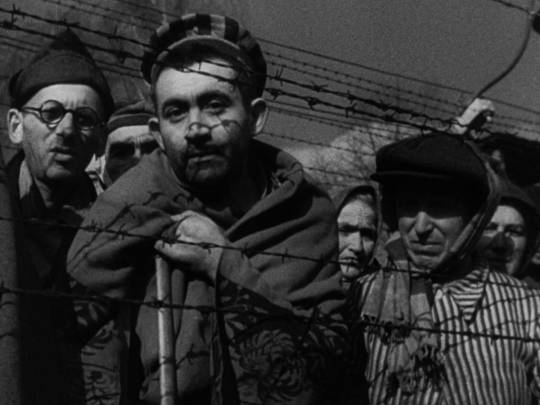
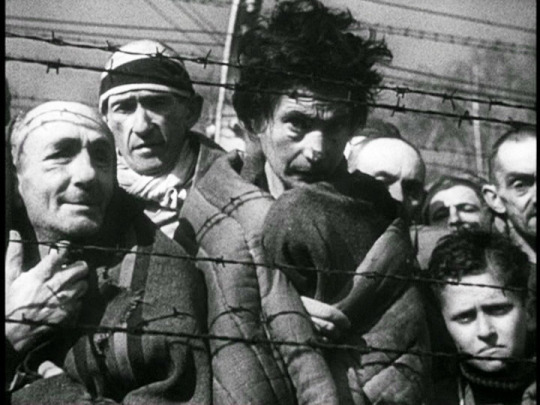


Night and Fog (1955) is a 32 minute documentary of various World War II concentration camps in Poland, and the same locations ten years later. It was directed by Alain Renais. Alain has six entries on the TSPDT list of the 1,000 Greatest Films - Last Year at Marienbad, Hiroshima Mon Amour, Night and Fog, Muriel, Providence, and Mon Oncle D’Amerique. This is his first mention on my lists.
3 notes
·
View notes
Text
documentary or non-fiction film is often crafted with a specific purpose. these purposes range from bringing awareness to something to fostering nationalism to advocating for change. one might assume that the purpose the filmmakers assert is the true purpose of the film itself, but due to the ever flowing, ever growing, ever changing characteristics of society and media, the purpose of footage can be manipulated. furthermore, the purpose a filmmaker asserts can be directly opposed by the occurences during the making of said film.
in nazi germany, hundreds of cameramen were hired to shoot footage of the war, while on the battlefield. the purpose of these news reel type films was pure propaganda. the end films used only the footage that showcased victories in war and the assumed heroism of the soldiers, not the footage that recorded the true horrors of war, including the death of German soldiers and the almost inevitable deaths of the cameramen. though the purpose of these films was to comfort the civilians of germany, the number of dead cameramen tainting the legacy of these films tells a different story.
during certain twisted times in history, people find pride in the most obsenely horrid actions. they boast of these actions to others, and with the advent of film, people begin to film their atrocities and showing others. again in nazi germany, officers and scientists sometimes filmed their inhumane experiments and actions and showed their friends. despite the purpose of these films being to boast, after the war, this footage was promptly taken and used to convict these nazi officials and was later used in documentaries retelling the horrors of the holocaust.

in the act of killing, indonesian gangsters are asked to reenact the torture and killings they performed on suspected communists in the 1960s and onward.

these gangsters were conflicted about the purpose of the documentary, sometimes, proudly portraying the acts they committed and other times, mourning the shift the film would cause in the public's perception of indonesian history.

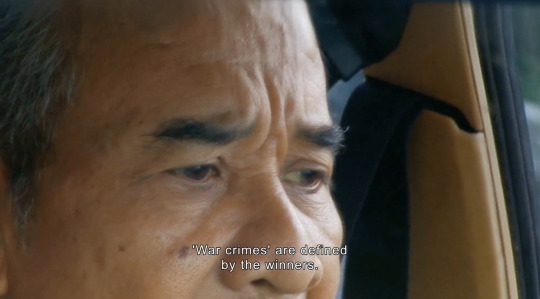
#doc reflections#tw#death#holocaust#disturbing#disturbing images#the act of killing#night and fog#documentary
0 notes
Text


#Vaporwave#aesthetic#ai art#digital art#colors#lofi#nostalgia#retrowave#video game#concept art#art#dreamscape#unreality#vibes#dreamcore#liminal#evening#architecture#city#neonwave#liminal spaces#building#skyscraper#cityscape#cyberpunk#night#plants#blue#fog#mist
2K notes
·
View notes
Photo
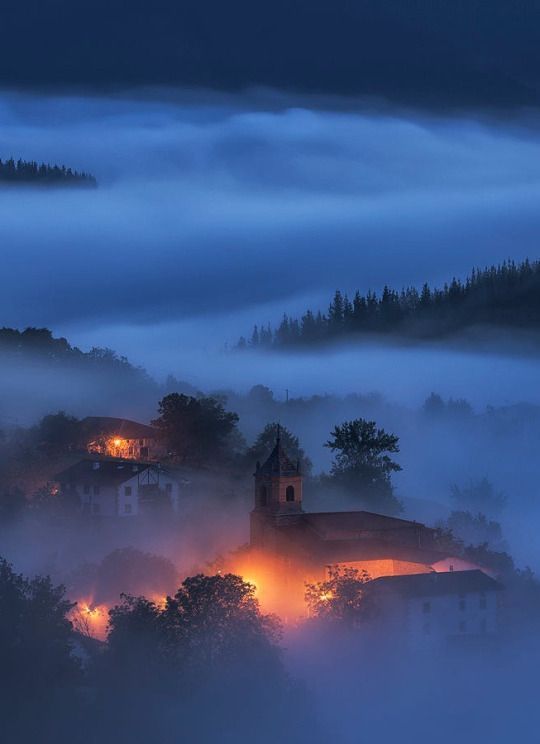
~ Orange and Blue ~
4K notes
·
View notes
Text
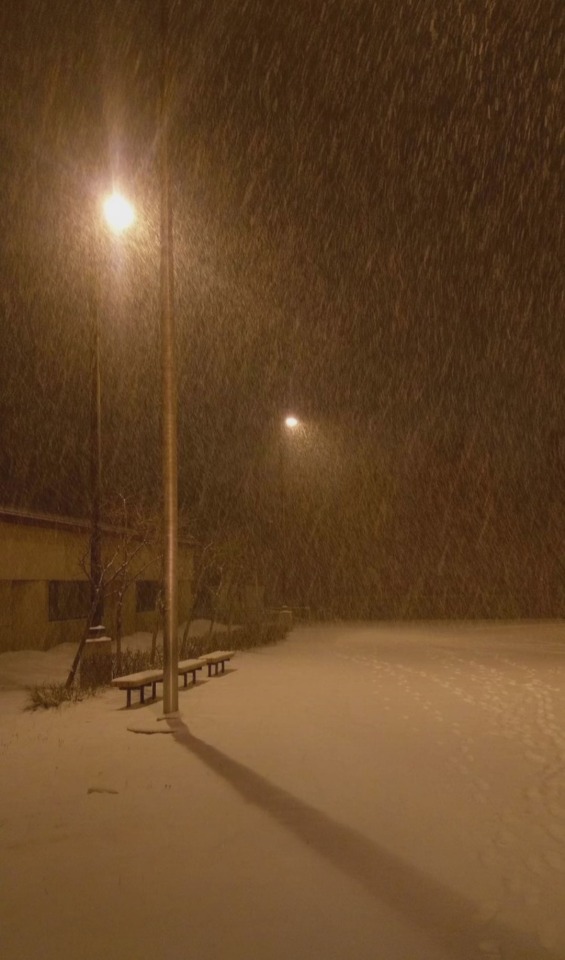
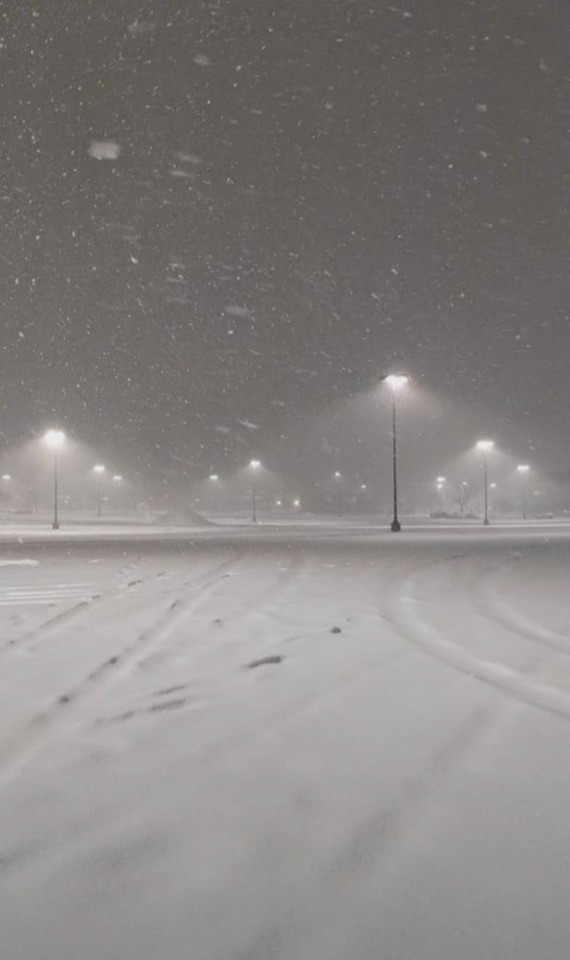
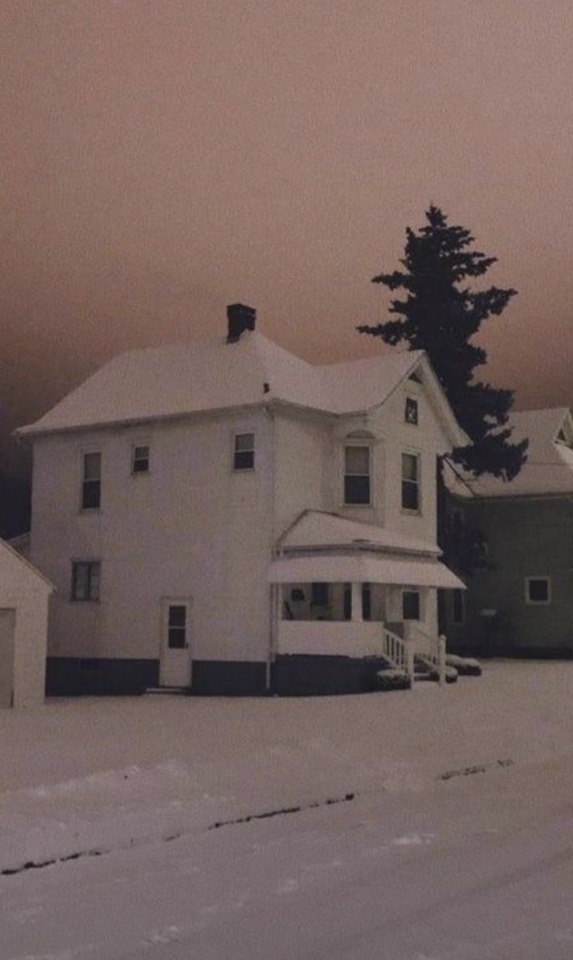
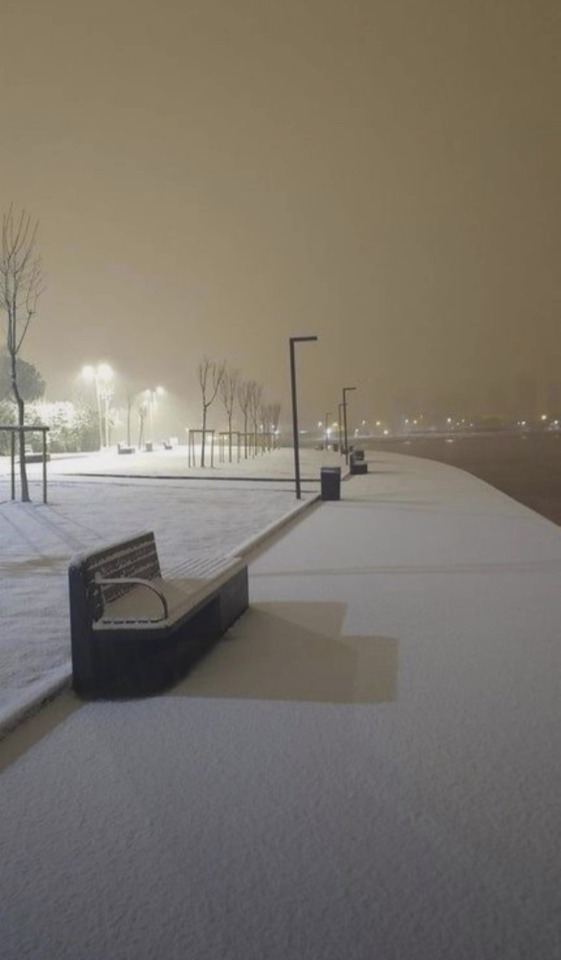
Feels like home
#winter#snow#ice#cold#fog#dusk#night#dark#street lights#dream#dreams#dreaming#dream core#dreamcore#weird core#weirdcore#liminal spaces
7K notes
·
View notes
Text

#art#nature#photography#tumbrl#photographers on tumblr#sunrise#sunset#sky#sunshine#sun#moon#light#nature photography#night#follow#fog#field#trees and forests#travel#trending#artwork#landscape#mountains#explore#adventure#cottagecore#forest#awesome#digital art#spn
2K notes
·
View notes
Text

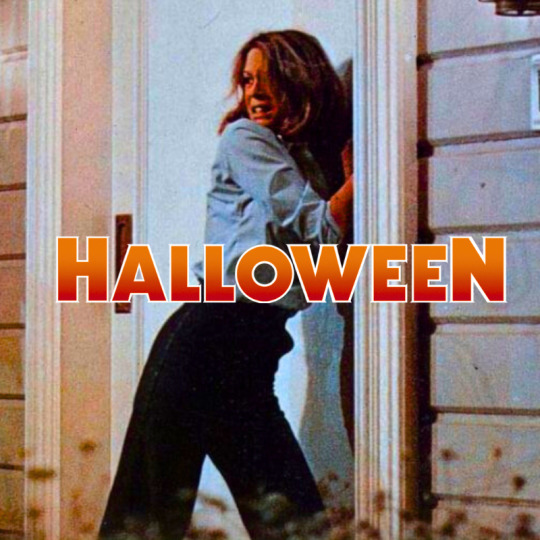

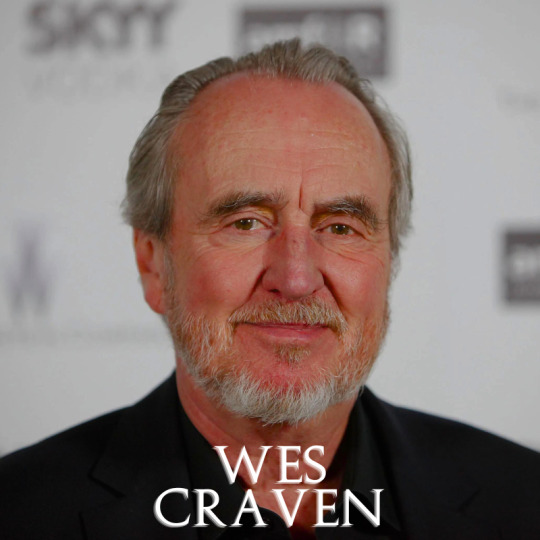


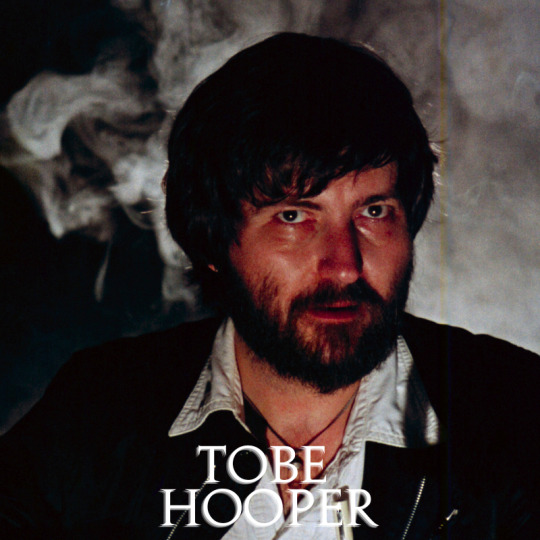
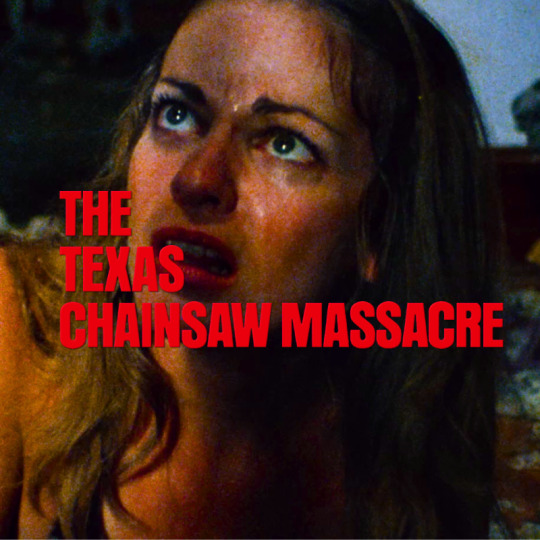
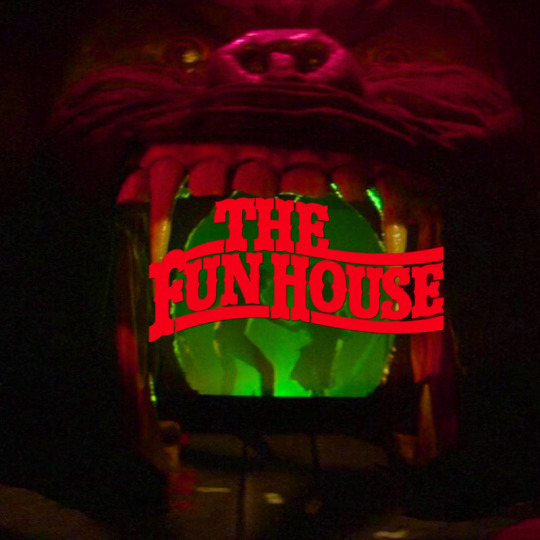



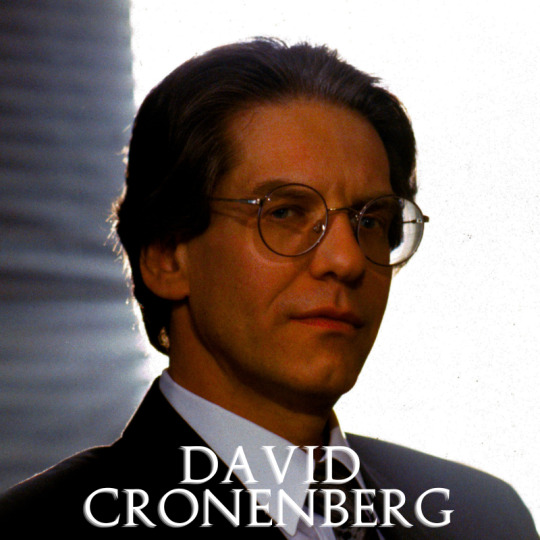



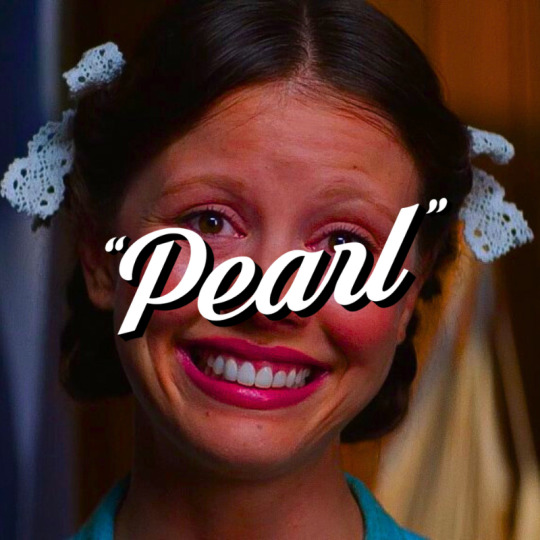






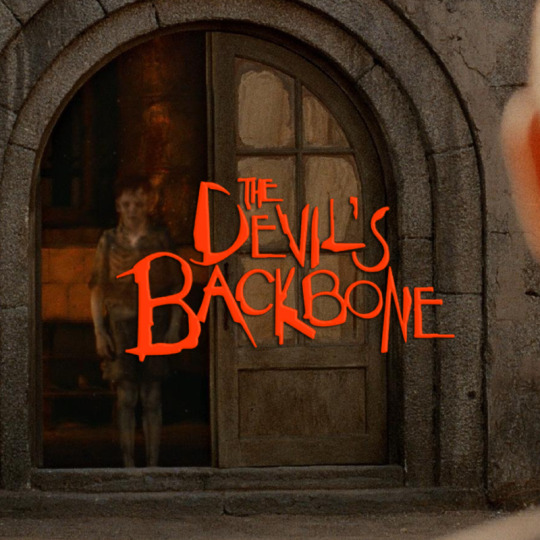


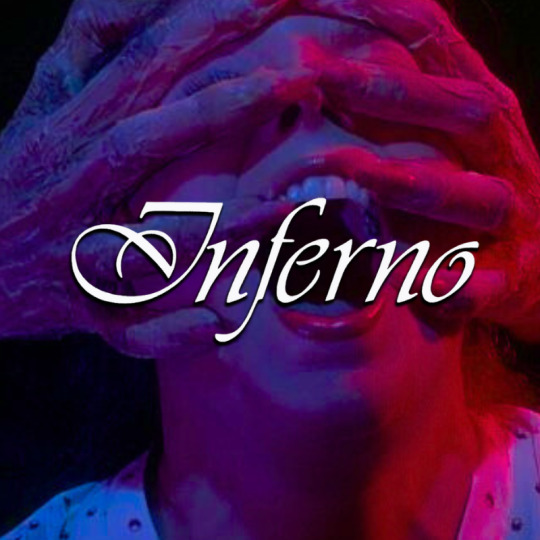



horror directors + their most known movie + my favorite
#horror#only applying to horror movies#horror movies#john carpenter#halloween#the fog#wes craven#scream#a nightmare on elm street 3: dream warriors#tobe hooper#the texas chainsaw massacre#the funhouse#george r romero#night of the living dead#martin#david cronenberg#the fly#videodrome#ti west#pearl#the innkeepers#james wan#the conjuring#dead silence#guillermo del toro#pan's labyrinth#the devil's backbone#dario argento#suspiria#inferno
6K notes
·
View notes
Text

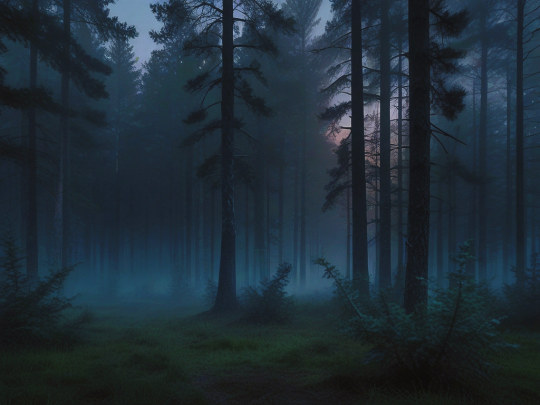
North Bengal, India by Shantanu Dutta
#forest#dark#night#evening#trees#nature#landscape#naturecore#mist#fog#india#outdoors#curators on tumblr#uploads
1K notes
·
View notes
Text

Night and Fog premiered Jan 1956 in France, Jul 1, 1956 in Berlin, Sep 5, 1956 in Venice, Apr 6, 1957 in Leningrad, and Oct 20, 1961 in Japan. There is no information that it ever received a theatrical showing in the USA, although it has been released on home video. It is an honorable mention to my best 1,001 movies.
0 notes
Text

Fog mist - Jason Sacran , 2022.
American, b. 1980 -
Oil on panel , 22 x 28 in.
2K notes
·
View notes



